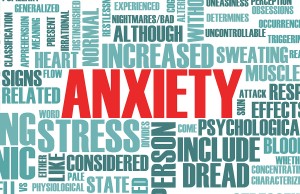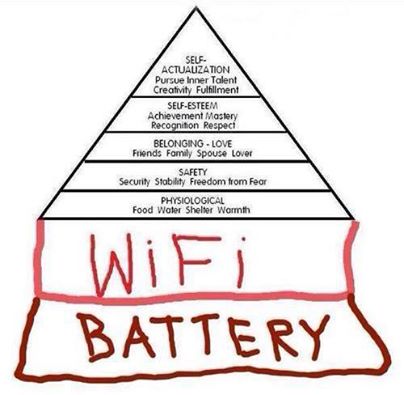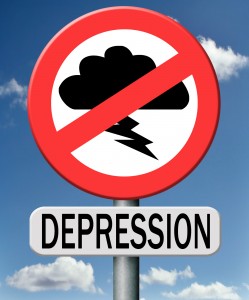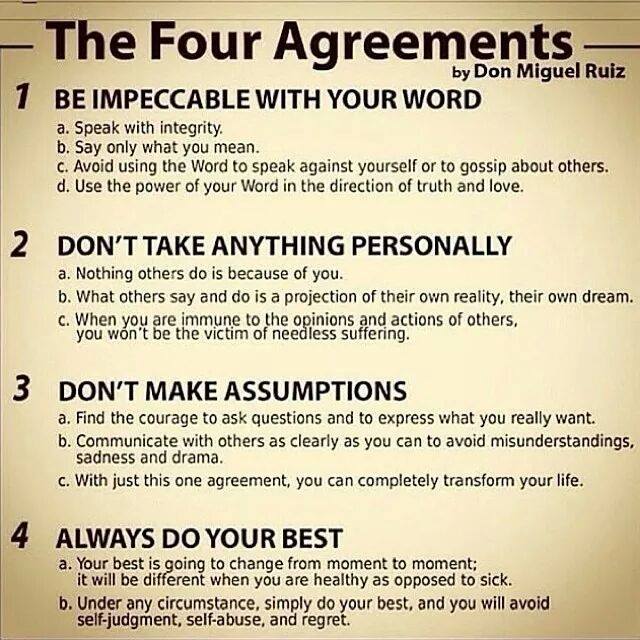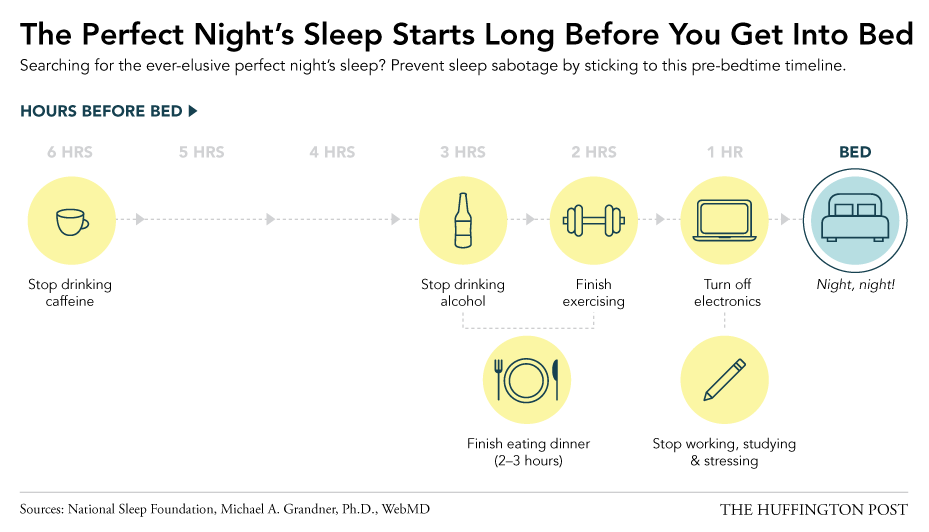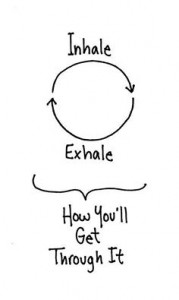The nervous amygdala
The amygdala is a structure located in the mid-brain. It is one of the first weigh stations that information encounters as it is entering our body through the senses. The amygdala is part of the body’s early warning system. It processes information from the standpoint of “How can this hurt me?” It looks for similarities between the current event and previous events that may have resulted in pain. The amygdala is not very discerning. It can find similarities between events that may be quite obscure. When the amygdala becomes too sensitized as a result of repeated trauma or over-stimulation, it begins to see similarities and, thus, threat in many things. It can become so sensitized that it perceives any emotion as threatening.
Tapping to calm the amygdala
Emotional Freedom Techniques or Tapping is a tool that allows us to discharge the negative emotion behind bothersome memories. The energy associated with these negative memories results in a disruption of the flow of energy through the body’s energy system. EFT allows for the systematic, methodical and, above all, kind means of collapsing the emotional charge that contributes to these disruptions. EFT utilizes the Meridian System that was mapped by the Chinese many thousands of years ago. It is the same system used by acupuncturists. Instead of using needles, in EFT we use physical tapping on the meridian points to dislodge emotional disruptions.
More About Emotional Freedom Techniques (Tapping)
There is more about EFT located on this web site. For additional information, visit www.emofree.com. For a very in-depth article about the amygdala, go to Ashok Gupta’s article on ProHealth.com.
Feel free to message or call me with any questions or to find out if EFT might be a good therapeutic tool for you.
George

